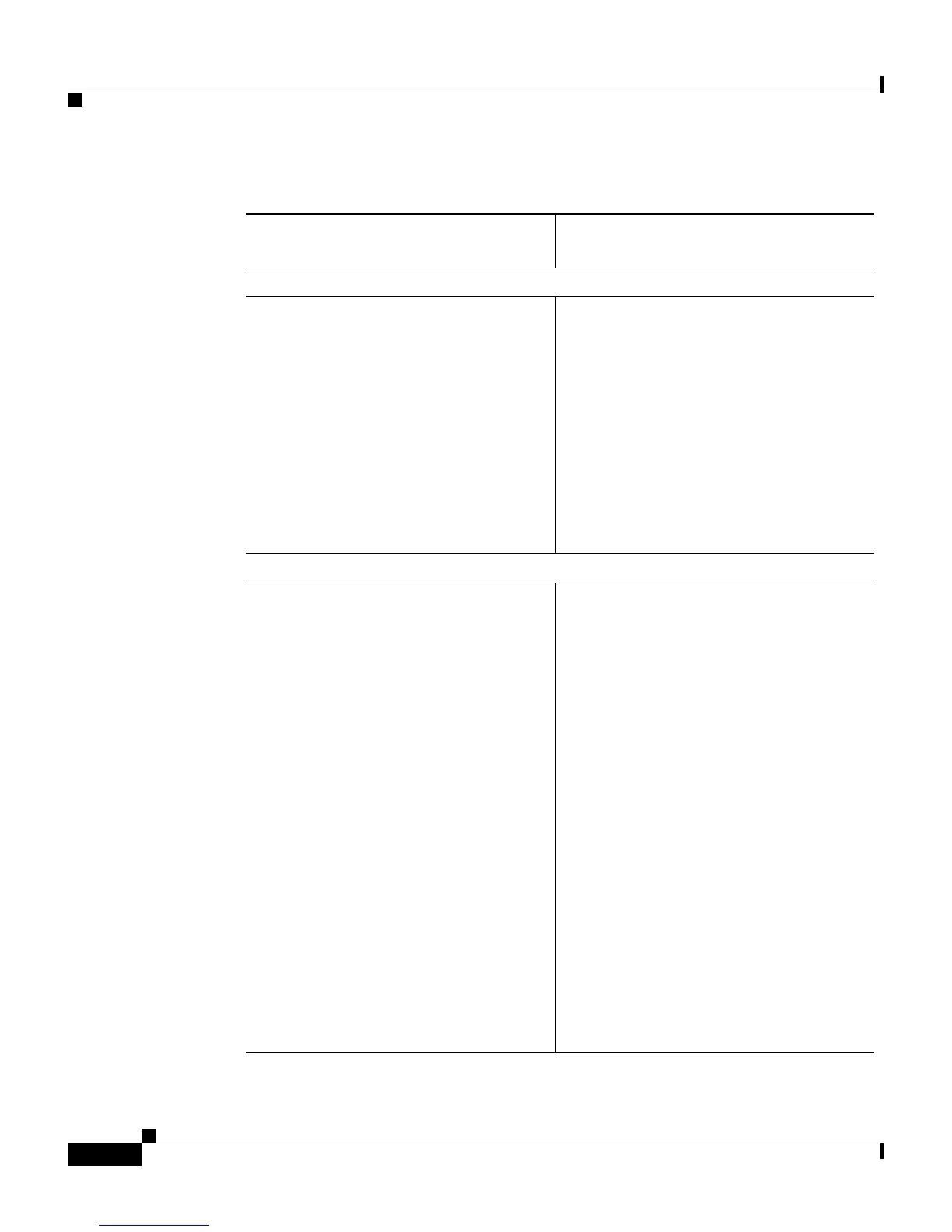Chapter 4 Using the CSS Logging Features
Frequently Queried Log Messages
4-38
Cisco Content Services Switch Administration Guide
OL-5647-02
csdpeer Subsystem
CSDPEER-7: LR Send list too
small !!!
The number of domain names sent by
the peer exceeds the size of the CSS
list. You can configure this parameter
through the (config) dns-peer
command (see the Cisco Content
Services Switch Global Server
Load-Balancing Configuration
Guide). We recommend that you
configure the receive and send slots
with the same value. The default slot
value is 255.
flowmgr Subsystem
FLOWMGR-4: Flow manager received
an illegal message with code 10
One of the Ethernet ports received a
high number of malformed packets,
resulting in an overflow of the fastpath.
In this case, the flow manager received
a badly formatted control message
from the fastpath. This problem may be
due to intermittent hardware, which
results in the fastpath corrupting the
packets, or the problem is related to the
fastpath receiving streams of
malformed packets and leaking some
of those packets to the flow manager.
Use the show ether-errors command
to display information for a port that is
experiencing many errors (refer to the
Cisco Content Services Switch Routing
and Bridging Guide). Try
disconnecting the port or changing
ports and determine whether the errors
stop.
Table 4-8 Cisco 11500 Series CSS Log Messages (continued)
Log Message (sys.log: Subsystem
Name, Level, and Message) Cause and Resolution
